Making a perfect jus
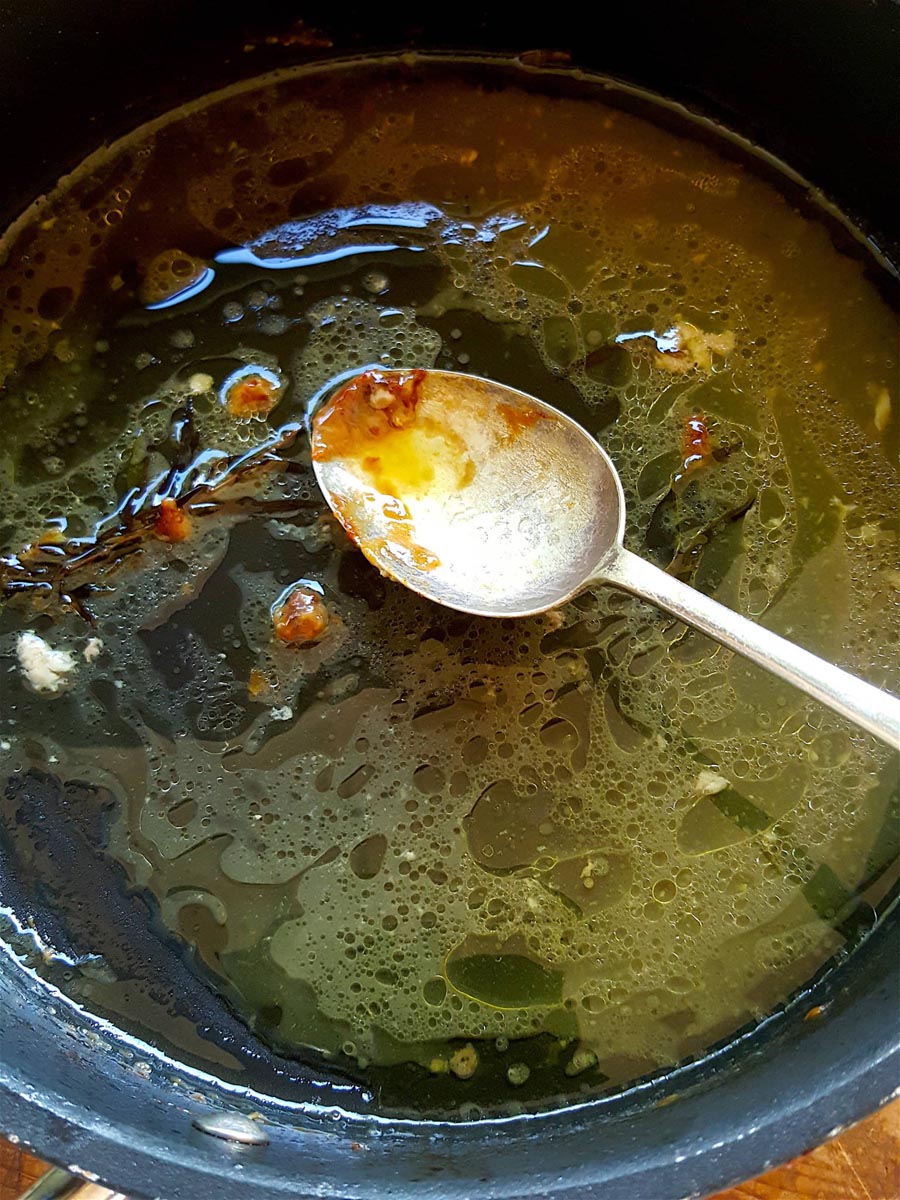
Ohhhh – little sticky nuggets of goo, how I love thee.

Ohhhh – little sticky nuggets of goo, how I love thee.

Why does beer make a great batter?
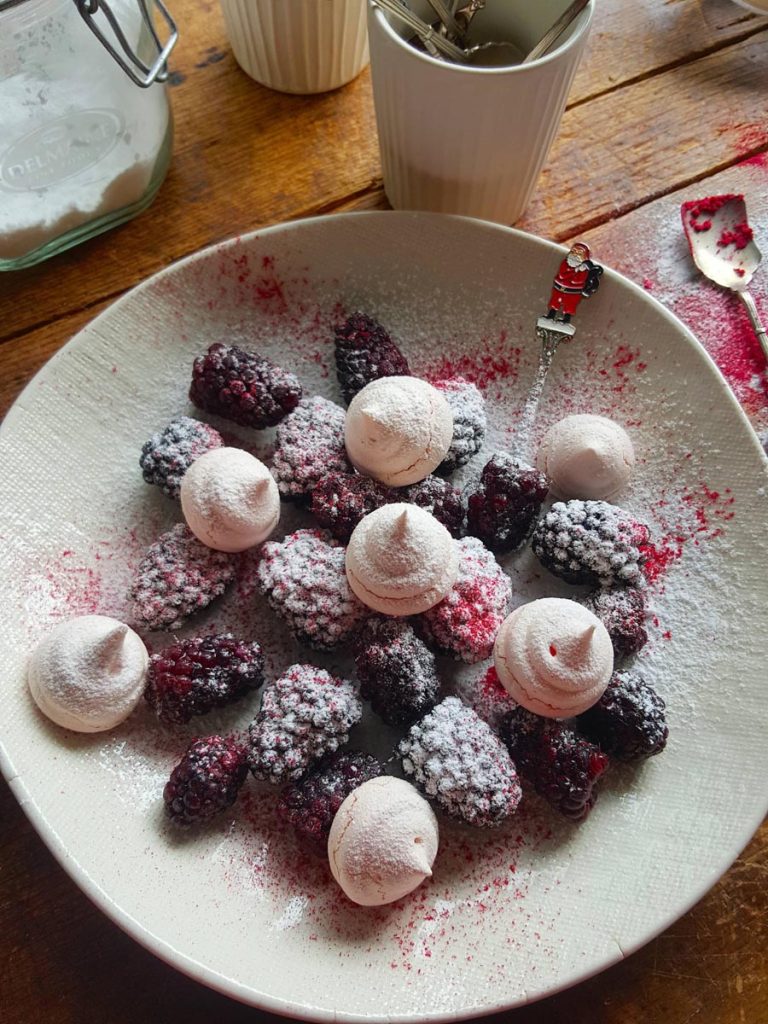
A little creative plating can help expensive berries feed many mouths … and it looks so festive!
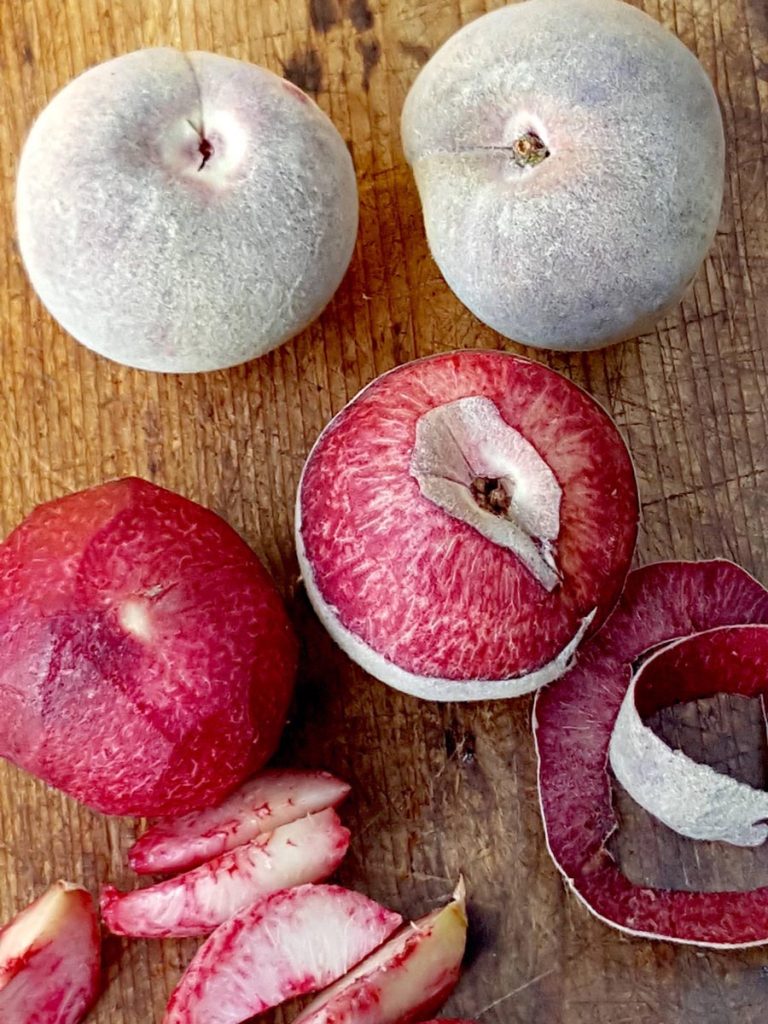
They might look like apples in this picture, but they’re just foolin’ wid ya!

Rachel Khoo’s take on the Swedish kitchen.
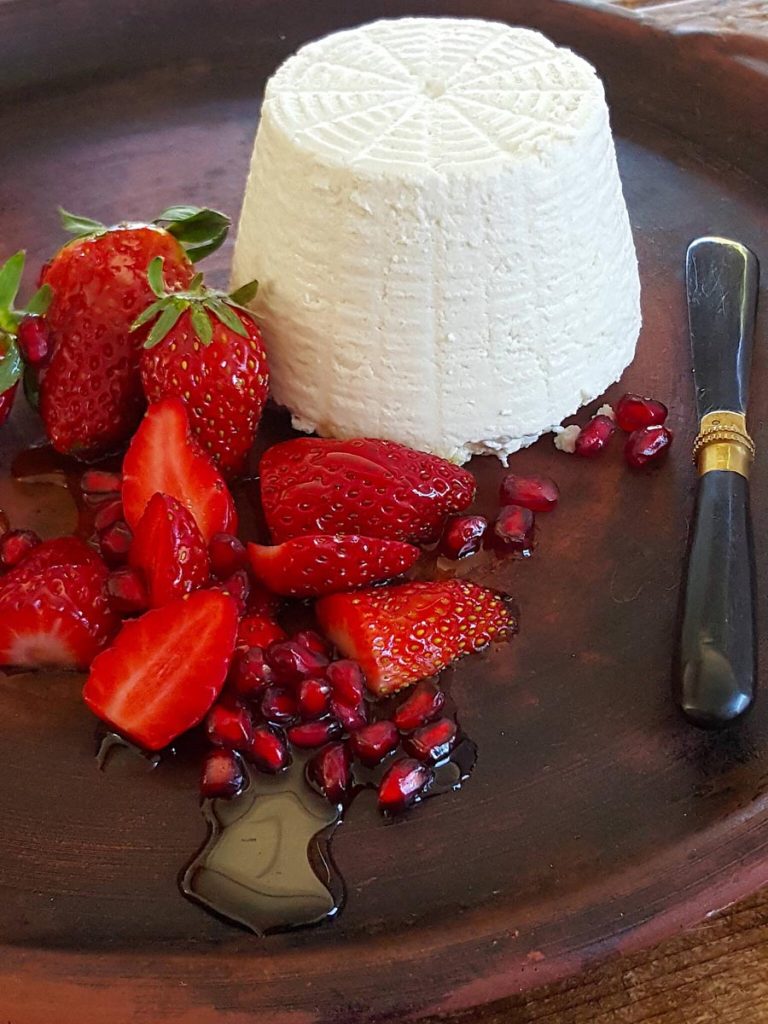
Although classified as a cheese, ricotta is really a by-product of the cheesemaking process.
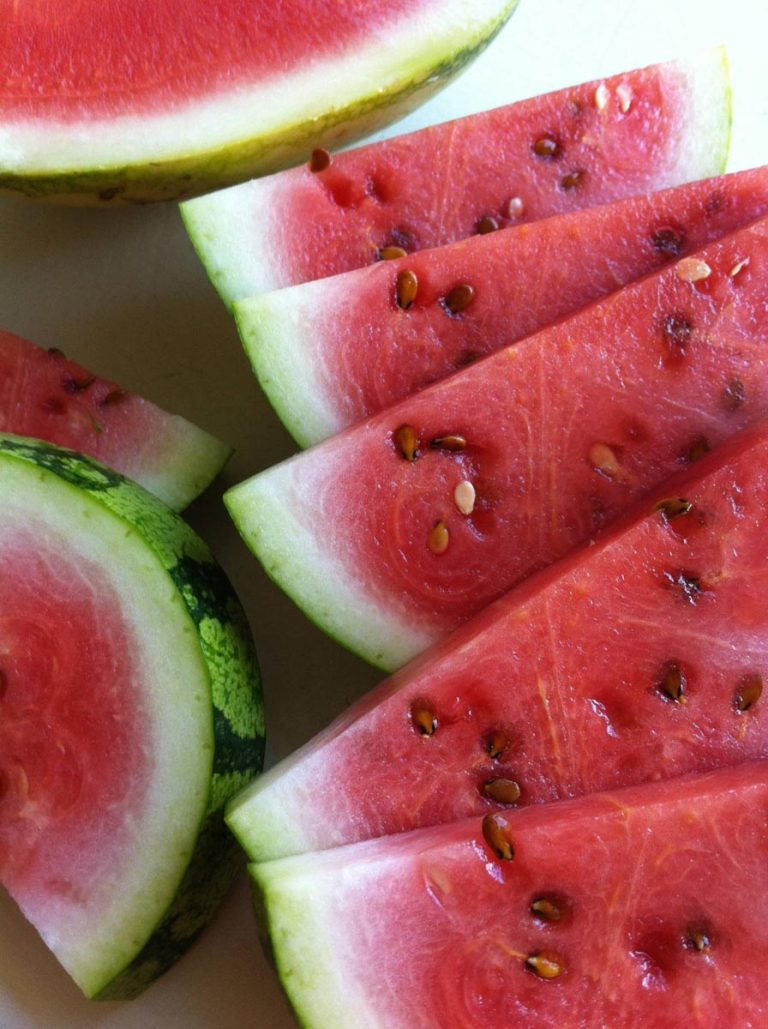
Chilled, juicy and sweet, watermelon is the quintessential summer snack.
No products in the basket.
Welcome to the new Shared Kitchen experience! If you encounter any issues, please let us know. Dismiss